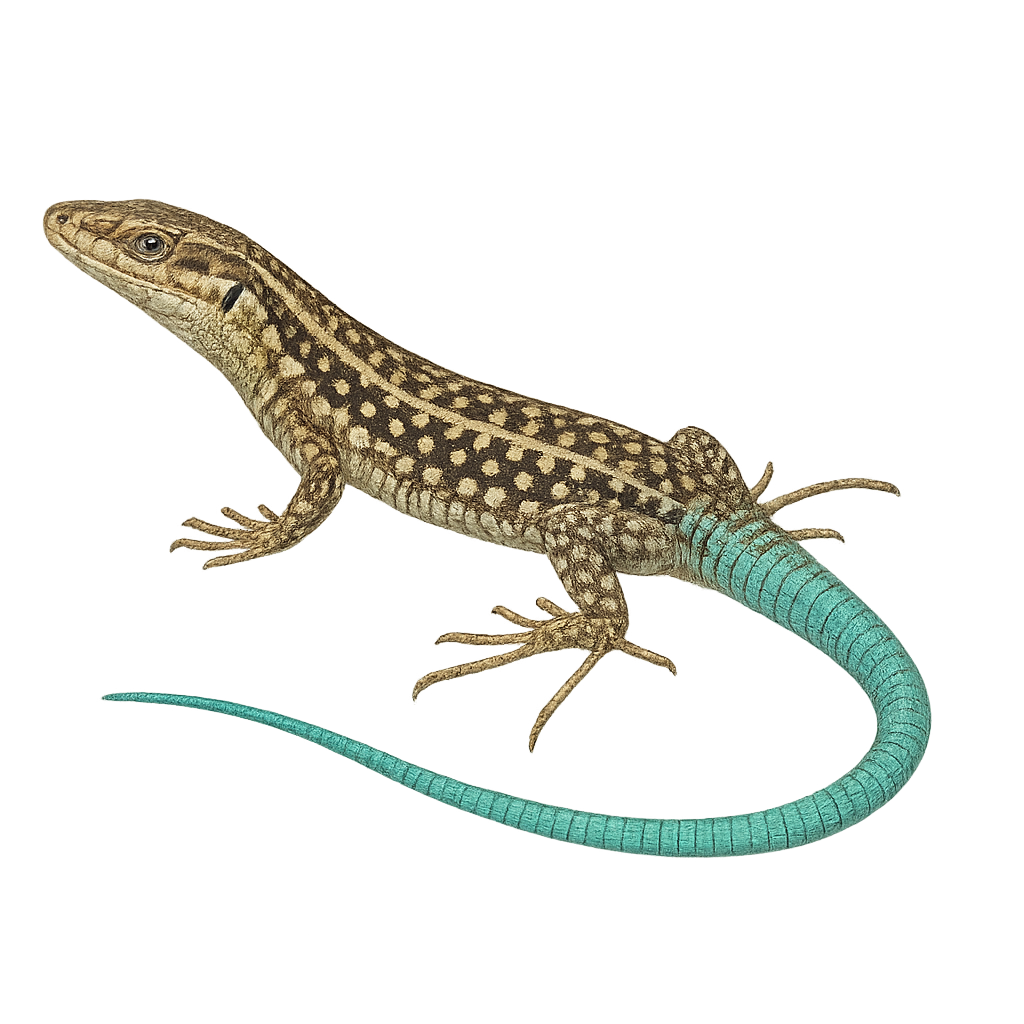Your wildlife photography guide.
Explore the oertzen's lizard in detail, study its behavior, prepare your shots.
Where to observe and photograph the oertzen's lizard in the wild
Learn where and when to spot the oertzen's lizard in the wild, how to identify the species based on distinctive features, and what natural environments it inhabits. The WildlifePhotographer app offers tailored photography tips that reflect the oertzen's lizard’s behavior, helping you capture better wildlife images. Explore the full species profile for key information including description, habitat, active periods, and approach techniques.
Oertzen's Lizard
Scientific name: Anatololacerta oertzeni

IUCN Status: Least Concern
Family: LACERTIDAE
Group: Reptiles
Sensitivity to human approach: Suspicious
Minimum approach distance: 3 m
Reproduction period: June to July
Incubation: 40–50 jours
Births: June to July
Habitat:
rocky areas, sparse forests, grasslands
Activity period :
Active during the day when temperatures are favorable, often seen basking in the sun.
Identification and description:
The Oertzen's Lizard, or Anatololacerta oertzeni, is a small reptile belonging to the Lacertidae family. Native to the mountainous regions of Turkey and the Greek islands, it is characterized by its green and brown coloration, which allows it to blend effectively into its natural environment. This lizard is primarily diurnal and prefers rocky and sunny habitats. It feeds on insects and other small invertebrates. Although its conservation status is not of concern, it is essential to preserve its natural habitats to ensure its survival. Males and females can be distinguished by slightly different patterns, with males often being more colorful.
Recommended lens:
Macro – adjust based on distance, desired framing (portrait or habitat), and approach conditions.
Photography tips:
To photograph the Oertzen's Lizard, it is advisable to use a macro lens to capture the details of its skin and distinctive patterns. Approach slowly and discreetly to avoid scaring it, maintaining a distance of at least 3 meters. The best times to photograph it are early in the morning or late afternoon when the light is soft and the lizard is more active. Be sure to respect its natural habitat and avoid disturbing its environment.
The WildlifePhotographer App is coming soon!
Be the first to explore the best nature spots, track rutting seasons, log your observations, and observe more wildlife.
Already 1 429 wildlife lovers subscribed worldwide

